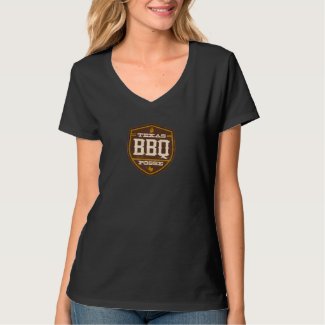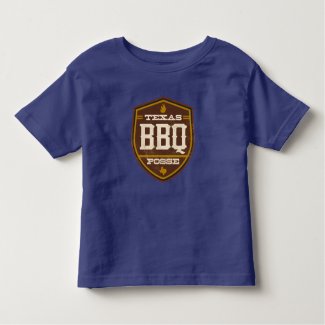Texas Monthly executive editor and food writer Pat Sharpe graciously comments on our blog posts regarding their Top 50 BBQ rankings. We wanted to publish her comments in a seperate post to be sure everyone got a chance to read it.
Hello, all.
Since I am the person who heads up Texas Monthly's top-fifty list every five years, let me respond to a couple of questions. We do, in fact (as Jacob said, above), indicate whether each place uses wood or gas/electric, but it's in the form of a symbol (of flames or a commercial smoker) so a reader might not notice it immediately.
This thread suggests we should put the description in words next time. Forty-one places on the list use wood and nine use gas or electric (one of those has a combo).
Like all of you, I prefer wood-smoked barbecue (who in their right mind doesn't?). But if we had not considered 'cue done in a commercial smoker when we did the tasting in 2008, we would have left out these cities altogether: Austin, Crockett, Dickens, Harlingen, Jacksonville, Los Fresnos, Paris, Peadenville, and San Benito.
No matter how much we might regret it, the barbecue world is moving rapidly in the direction of commercial smokers. When I participated in my first Texas Monthly barbecue round-up in 1997, there was probably not a commercial smoker in use except at the big chains. Now they are all over the place.
We made the decision to judge the meat solely on the basis of taste, on the theory that there is more to smoking than fuel source (like keeping the temperature constant and quality of meat, to name just two).
Was that a good or a bad decision? I'm curious to know what readers of Texas BBQ Posse think. We'll be doing the story again in two years, so there is time to mull it over.
Pat Sharpe, executive editor and food writer, Texas Monthly








